HVDC4ISLANDS promotes the integration of renewable energy and the decarbonisation of European power grids
The Second General Assembly (GA) of the HVDC4ISLANDS project took place on November 6, 2025, at the National Technical University of Athens (NTUA). The Assembly provided an opportunity to critically review the project’s progress during its first year, with key milestones, deliverables, and technical results presented and discussed.
The Project Coordinator opened the meeting by outlining the project’s objectives and highlighting the main achievements from the first 12 months. This was followed by detailed presentations from all work package leaders, addressing ongoing challenges and open issues. The session concluded with a discussion of the next steps planned for the second year, including the scheduling and location of the next in-person meeting.
Among the key accomplishments presented were the completion of major project management deliverables such as the Detailed Project Management Plan and the Data Management Plan, as well as important technical deliverables including the common energy island topology and the test methodology.
A significant highlight of the event was the first meeting of the Industrial Advisory Board (IAB), held in parallel with the Assembly. During this session, representatives from all consortium partners and external experts were introduced to the project’s progress. The IAB members are expected to provide valuable feedback and recommendations regarding the project’s direction and methodologies.
On the second day, several focused meetings were organized at both the project and work package levels to coordinate partner contributions to the project Use Cases. The Assembly concluded with a visit to the Electric Energy Systems Laboratory of ICCS-NTUA, where participants were given a detailed overview of the project’s testing setup and methodologies.
As part of the meeting, Dr. Milan Prodanovic, from the IMDEA Energy Institute, gave a lecture on “The challenges of decarbonizing electricity grids in Spain,” held at the Central Library of the NTUA in Athens. Significant political and economic efforts are being undertaken across the European Union to mitigate the effects of climate change. In alignment with EU directives, many member states have developed national strategies and long-term studies. Among the most ambitious is Spain’s National Energy and Climate Plan (NECP), which sets out a comprehensive roadmap for substantial reductions in CO₂ and other emissions from the energy sector.
The talk explored the key challenges and opportunities associated with the decarbonisation of electricity networks, examining both technical and market-based solutions. It began with an overview of the electricity network topology in the Iberian Peninsula and its interconnections, followed by an analysis of renewable energy resource mapping trends. The presentation concluded with insights into the current regulatory framework and anticipated market reforms in the energy and services sectors.
A central part of the discussion focused on the large-scale integration of renewable energy sources (RES) and the challenges it presents:
- How can RES variability be managed to meet demand?
- Where should the grid be reinforced?
- How can the loss of synchronous generation be compensated?
- How can service quality be maintained?
- What market mechanisms and regulatory frameworks are needed?
- How should excess generation capacity be managed?
The presentation introduced techno-economic-environmental tools to support the transformation of electricity networks in the context of decarbonisation. It also assessed the impact on network stability, critically evaluated potential technical solutions, and compared various power converter control topologies in terms of their ability to provide grid services and comply with evolving Grid Codes.




